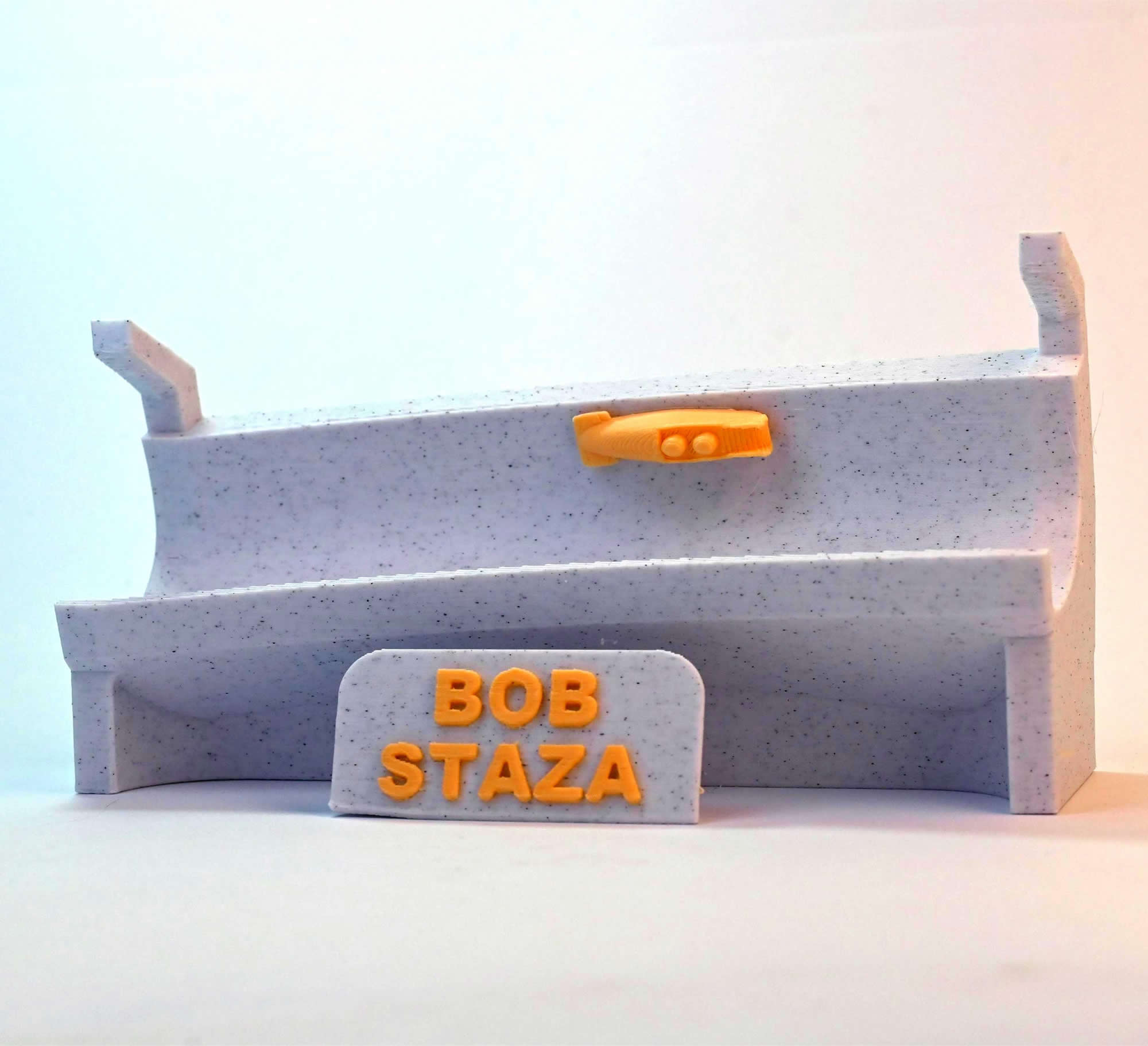- Dimension:12.2cm (W) × 6.5cm (H) × 5.2cm (D)
- Material:Made from eco-friendly, biodegradable plastice
- Design and production:Expertly designed for 12 hours, 3D printed in 7 hours
- Packing:Eco-friendly and recyclable; return it and receive a discount on your next purchase
- Maintenance instructions:Keep away from direct sunlight; handle with care, especially during transport
- Impact:With every purchase, you help restock local rivers and lakes
- Interactive feature:Scan the QR code and explore the rich history of Sarajevo
- Ecology:Part of the funds from the purchase of this souvenir will be used for restocking lakes and rivers in Bosnia and Herzegovina
ABOUT THE MONUMENT
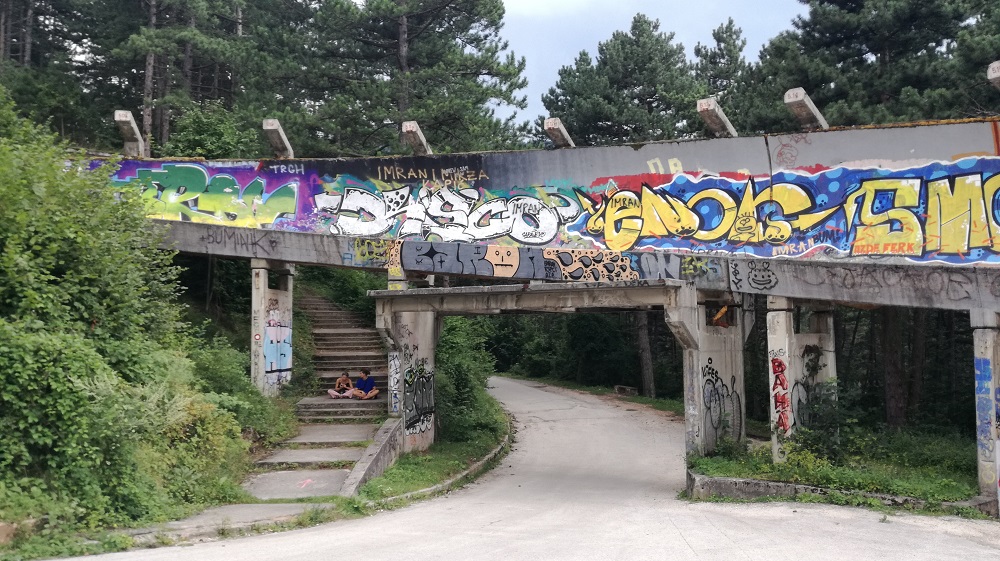
On the slopes of Trebević, where the forest meets the sky, lies the Trebević bobsleigh track – a silent witness to the time when Sarajevo was the epicenter of world sports. Built for the 14th Winter Olympic Games in 1984, this track was not only a sports facility, but also a symbol of strength, unity and architectural innovation. Today, although covered in graffiti and overgrown with greenery, the bobsleigh track remains a place that reminds us of the city’s glory days and its ability to rise above all challenges.
The track stretches for 1,300 meters, with 13 turns and a height difference of 126 meters, providing not only a technical challenge for athletes, but also a spectacular view of Sarajevo. Its location, in the immediate vicinity of the peak of Trebević, allows visitors to escape the hustle and bustle of the city in a few minutes, thanks to the renovated cable car, and step into a space where the past and nature intertwine.
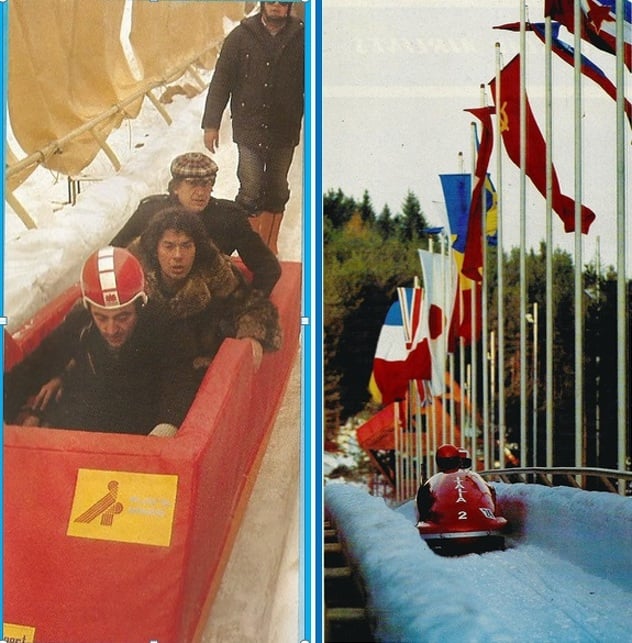
HISTORY
The idea of building a bobsleigh track on Trebević was born after Sarajevo was awarded the hosting rights for the 1977 Winter Olympics. The works began on 1 June 1981 and were completed on 30 September 1982, at a total cost of 563,209,000 dinars. The first major event the track hosted was the 1983 European Bobsleigh Championships, which was a prelude to the spectacular Olympic Games the following year.
During the 1984 Olympics, the track hosted bobsleigh and luge competitions, attracting tens of thousands of spectators. In the years that followed, the track hosted numerous international events, including the World Cup and the European Skeleton Championships.
Unfortunately, during the 1992-1995 war, the track suffered significant damage, as Bosnian Serb forces used it as an artillery position during the Siege of Sarajevo. After the war, the trail remained abandoned, but became a popular spot for walkers, cyclists, and graffiti artists. Renovation began in 2014, with the support of the International Luge Federation, with the aim of using the trail for summer training and recreational activities.
BUILDING STYLE
The bobsleigh track on Trebević was built in the spirit of functionalist modernism, a trend that characterized the architecture of the late 70s and early 80s in the then Yugoslavia. Functionalist modernism did not strive to impress with form, but with function – everything that was built had a clear purpose and every line, every curve and every material was chosen with the idea of fitting that purpose.
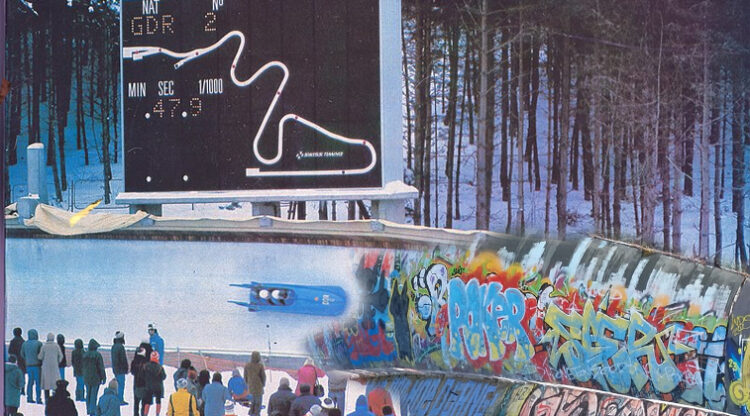
The track fits perfectly into the natural landscape of Trebević, following the configuration of the terrain, without trying to dominate it. This reflects the respect for nature that was key in this architectural trend. Designer Gorazd Bučar conceived the track so that its design would be unobtrusive, almost tucked into the forest, while the concrete contours meander through the greenery as if they had always been there.
Functionalist modernism is also recognized in the use of raw materials, especially concrete, which is left without decoration and ornamentation – just as it is. This emphasizes strength and stability, but also sincerity in expression, which was one of the main postulates of architecture at that time. There is no fake shine, no unnecessary details – everything is at the service of the function and the person who uses it.
THE MATERIAL FROM WHICH THE BOB TRACK IS MADE
Concrete was the basic building material, used to build the track itself and its load-bearing parts. Its resistance to low temperatures, moisture and loads made it the perfect choice for a complex system such as a bobsleigh track. In addition to its functional side, concrete is also a symbol of the strength of the community and its stability over time – a feature that, in the spirit of the time when the track was built, had a deep ideological meaning.
Metal was used as structural reinforcement and for the installation of specialized technical systems, including a cooling system that allowed the ice surface to be maintained even in higher temperatures. This material symbolizes precision, technical progress, and the ability of man to create infrastructure that surpasses natural limitations through engineering solutions.
Insulation materials, although invisible to the eye of the beholder, played a key role in maintaining the temperature and energy efficiency of the track. Their role in controlling heat loss speaks to the importance of subtle layers in any good construction – just as in society, where what is hidden at first glance often holds the structure together.
Together, these materials not only enabled the technical perfection of the bobsleigh track, but each in its own way also woven into it the values of the time in which it was created – solidity, functionality, and harmony with nature.
A Short Story
His name was Tomislav. He was only 22 years old and came from a small village near Celje, where the winters were harsh, but the dreams were warm. Bob trained for years - in improvised conditions, with rusty parts and no luxury, but with the belief that one day the moment would come when he would stand on the starting line of a real Olympic competition. When they told him he was going to Sarajevo, he remembered not knowing whether to shout for joy or sit and cry. And now he was here. In the room near Grbavica, with the uniform in the closet, looking at the calendar on the wall where it is circled with a red pencil – February 14, the first descent.
The first trip to Trebević was like a pilgrimage. Ascent by cable car, then a walk through the pine forest, the smells of resin, snow and silence that made it smaller than ever. The first time he saw the bobsled track—that concrete dragon winding through the forest, all shadow and light—he was breathless. Everything he had trained for, everything he had imagined, was now in front of him. Legend has it that the path's architect said that he designed the path not to disturb nature. And Tomislav knew - she didn't even bother, she was a part of her, like a river that stopped and became concrete.
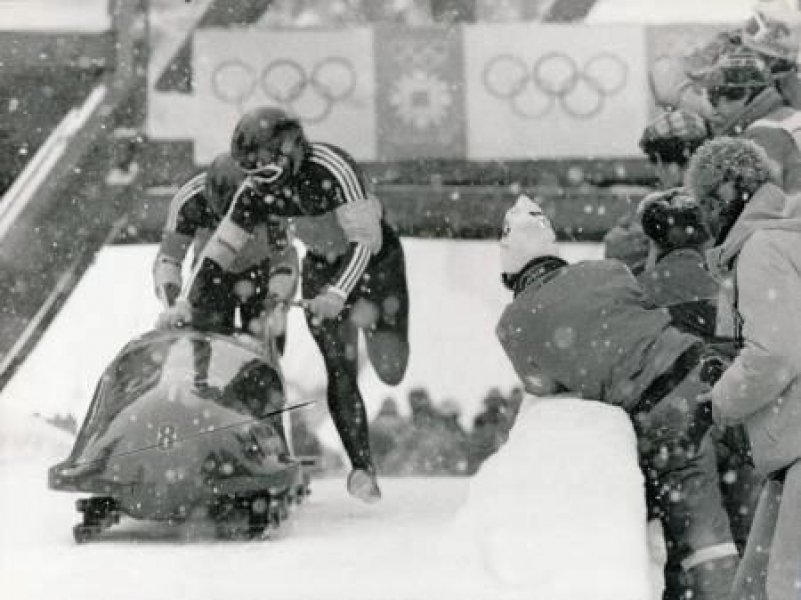 The days passed in training, the snow fell quietly, and the city grew warmer every day, not in terms of temperature - but in terms of people. The people of Sarajevo stopped them on the street, brought them pies, irons and teas. Some even drew the flags of their countries and carried them to the stands. It was a world where sports were not played for medals, but for community. And in that silence of Trebević, where they were preparing for the fastest descent of their lives, Tomislav found what he was looking for – the feeling of belonging to something bigger than himself.
The days passed in training, the snow fell quietly, and the city grew warmer every day, not in terms of temperature - but in terms of people. The people of Sarajevo stopped them on the street, brought them pies, irons and teas. Some even drew the flags of their countries and carried them to the stands. It was a world where sports were not played for medals, but for community. And in that silence of Trebević, where they were preparing for the fastest descent of their lives, Tomislav found what he was looking for – the feeling of belonging to something bigger than himself.
On the day of the race, as he stood in the starting booth and looked down the course, he felt a sense of peace. It wasn't the peace without fear, but the peace that comes when you know you're exactly where you're supposed to be. When he sat down in the bobsleigh, gripped the handles and looked his colleague in the eyes, he knew that nothing separated them from becoming a part of history. The descent lasted less than a minute, but for him – it was an eternity. The wind in his ears, the crunch of concrete, the roar of the crowd at the last turn... When they reached the finish line, he knew - it didn't matter if they were first, third or last. What mattered was that they were.
Years later, he returned to Sarajevo. The path was abandoned, overgrown with moss and colorful graffiti, but for him – nothing had changed. He touched the cold concrete and felt the same thing he felt then. Trebevic remained silent, but told him everything. Because some trails don't just go down the mountain. They lead home.
REFERENCES
- Historija.info, Crtice iz historije, OLIMPIJSKA BOB STAZA NA TREBEVIĆU, 22.5.2024., https://historija.info/olimpijska-bob-staza-na-trebevicu/;
- Furaj.ba, Bob staza na Trebeviću, https://furaj.ba/trebevicka-staza-za-bob-i-sankanje/;
- Visit Sarajevo, Trebevićka staza za bob i sankanje, 3.1.2020., https://arhiva.visitsarajevo.ba/2020/01/trebevicka-staza-za-bob-i-sankanje/ ;
- Klix, Bob staza na Trebeviću jedna je od 16 u svijetu, a još nije uknjižena: Ko će osigurati novac?, 18.8.2019.,
https://www.klix.ba/sport/bob-staza-na-trebevicu-jedna-je-od-16-u-svijetu-a-jos-nije-ni-uknjizena-ko-ce-osigurati-novac/190818017 - Banja Luka In, Pavle Pavlović, Nekrolog boljem životu, Sarajevska tužna bajka: Zar je uopšte postojala ta 14. Zimska olimpijada i bob staza na Trebeviću?, 6.2.2021.,
https://banjalukain.com/clanak/212811/sarajevska-tuzna-bajka-zar-je-uopste-postojala-ta-14-zimska-olimpijada-i-bob-staza-na-trebevicu ;
